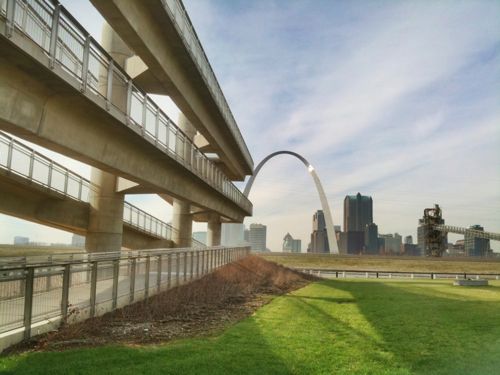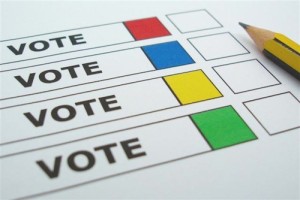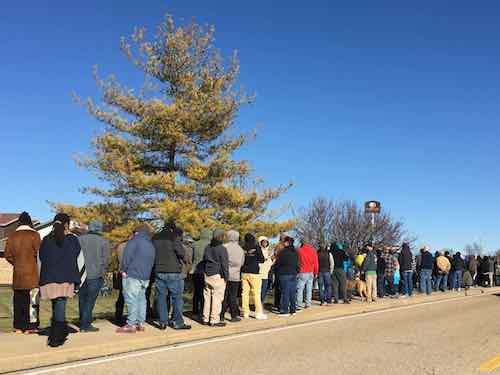Glad the Illinois Primary is Tuesday, June 28th

I’ve lived in two states my entire life, Illinois isn’t one of them. But as a St. Louis Missouri resident for nearly 32 years I’ve seen plenty of Illinois campaign television advertisements. Of course, Illinois residents in the St. Louis metro area have seen more than their share of Missouri political ads.
The Illinois primary is Tuesday, June 28, 2022.
While there are many races on ballots in Illinois it is ads for two that are the ones we’ve all been seeing. A lot. Governor & 15th congressional district.
Let’s begin with the race for congress, both GOP candidates are incumbents!
U.S. Reps. Rodney Davis and Mary Miller are running in the Republican primary for Illinois’ 15th Congressional District on June 28, 2022. This race is one of six U.S. House incumbent-vs.-incumbent primaries occurring in 2022 as a result of congressional redistricting after the 2020 census. (Ballotpedia)
Illinois lost one seat in congress as a result of population loss in the 2020 census, so two Republican colleagues are now in a bitter campaign against each other. Each is trying to paint themselves as the most pro-Trump and the other as being less conservative than themselves.
The head-to-head contest is an offshoot of new congressional boundaries drawn by state lawmakers in Springfield following the federal census and Illinois’ loss of one of its current 18 U.S. House seats. Miller’s home was narrowly drawn into a district with another Republican, U.S. Rep. Mike Bost of Murphysboro, but she opted instead to challenge Davis. Members of Congress do not have to live in the district they represent. (Chicago Tribune)
The 15th is the most conservative district in Illinois, which means the democratic nominee won’t stand a chance. Either Davis or Miller will be out of office in January 2023, a week from now we should know who will be sworn in again and who will pack up their D.C. apartment.
In the Illinois race for governor the situation is very different. Democrat J. B. Pritzker is seeking a second term, he’ll easily win his primary. Half a dozen Republicans are running to become the GOP nominee to challenge Prizker in November.
Six candidates are running in the Republican primary for governor of Illinois on June 28, 2022. Darren Bailey and Richard Irvin have led the field in fundraising and media coverage.
Bailey is a farmer who serves in the Illinois State Senate. He was first elected to office in 2020. In his campaign ads, Bailey has highlighted his support for reducing taxes and government spending while serving in the state senate, his support for law enforcement, his support for Donald Trump (R), and his opposition to Governor J.B. Pritzker (D). A campaign ad said, “In Springfield, Darren stood up for working families and fought against every single tax increase. When Governor Pritzker tried to close Illinois, Darren sued him and won to keep our state open. Now, Darren is running for governor with a plan to cut our taxes, fund our police, and impose term limits on politicians.”[4]
Irvin is an attorney who has served as mayor of Aurora, Illinois since he was elected in 2017. Irvin’s campaign ads have highlighted his work as a prosecutor and his support for increasing police department budgets, his experience as a veteran, his opposition to J.B. Pritzker, and his economic record as mayor of Aurora. A campaign ad said, “Running our second-largest city, crime’s come down because the police budget has gone up. I hired more cops each year. We’ve recruited new companies […] and we’ve controlled spending, balanced budgets, so residents got property tax relief. My city is now stronger, safer, and full of opportunity. I want that for Illinois.” (Ballotpedia)
I’ve seen ads for only [two] three of the six. Like the 15th congressional district ads, the spots from the top two challengers have been vicious. I’ve also seen a few ads for Paul Schimpf. Nothing from the other three candidates. If Bailey loses either the primary or general he’ll no longer be in public office because his term as state senator ends. However, Irvin was just re-elected to a second term as Aurora’s mayor last year. If he doesn’t become governor he’ll still be mayor.
Past Illinois Democratic governors have been vulnerable at election time, but Prizker appears to be in a better position than his predecessors.
Illinois U.S. Senator Tammy Duckworth is seeking another 6-year term. I’ve not seen a single ad for the seven (7) Republicans on Tuesday’s primary ballot who want to go against her in November.
It’ll just be nice having a break from divisive political ads for a bit, though I know Missouri’s primary is only 5 weeks later, on August 2, 2022.
— Steve Patterson
b







 The decennial census is ramping up for an important task three months away:
The decennial census is ramping up for an important task three months away: